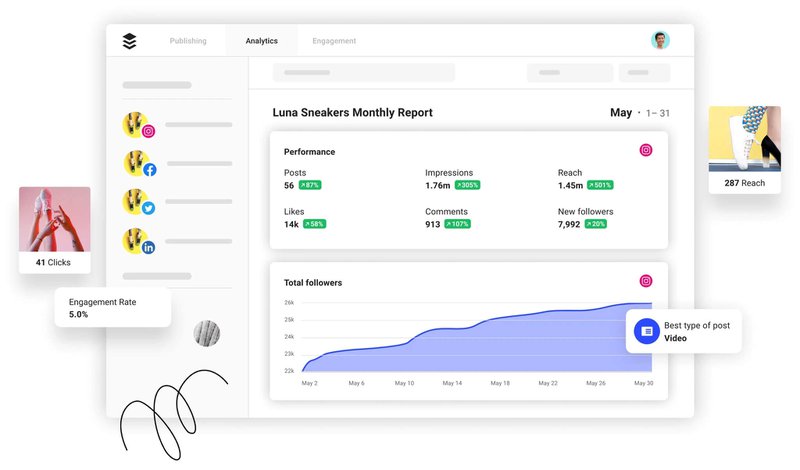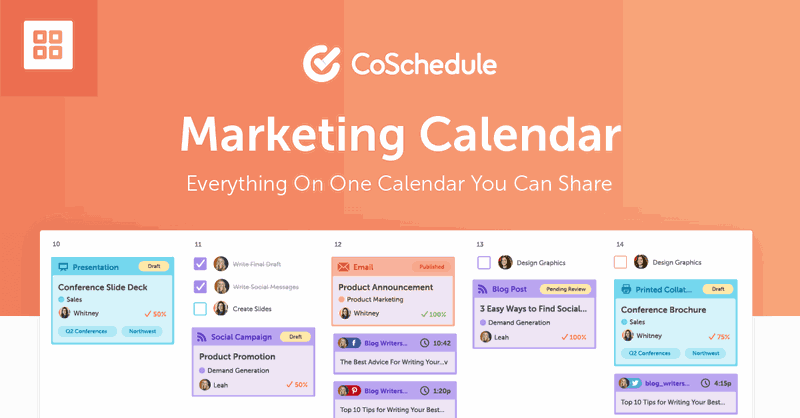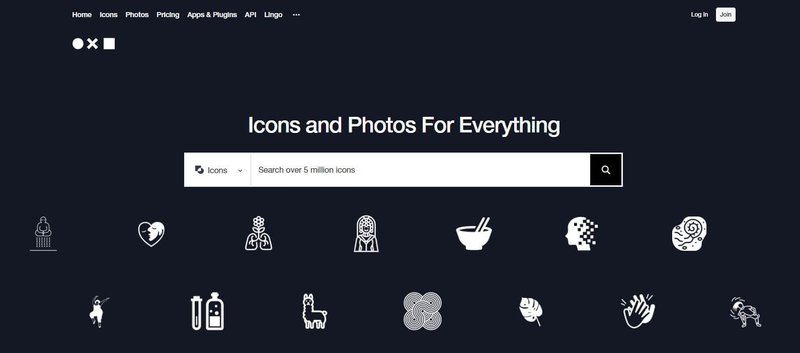How to Create a Social Media Budget for Your Business
Learn how to create the perfect social media budget for your business. We cover tools, influencers, social media analytics, advertising campaigns, and more.
Updated November 6, 2024

Did you know that the average US organization spends anything between $72,000 and $126,000 on soci202al media services?
Even in the low range, that's quite a big number to leave to chance – if you don’t want to waste money, that is. This is precisely why building a sensible social media budget is crucial to your success.
But how do you build your budget the right way? How do you invest in the right social media platforms? And how can you deal with the swift winds of change social media so frequently stirs up?
In this article, we're taking a look at how to navigate the sometimes stormy seas of social media budgeting (and how to stay sane in the process).
What is a social media budget?
A social media budget is a plan for the amount of money you want to set aside to cover the costs associated with your organization’s social media activities. This includes, but is not limited to:
- Costs associated with advertising, including pay-per-click campaigns and sponsored posts
- Fees for the use of paid social media management tools
- Costs associated with content creation, such as contracting freelance writers and graphic designers
- Fees for influencer campaigns
- Costs associated with analytics and reporting tools
- Any other expenses related to the social media activities of your organization
Social media budgets come in three main varieties: the fixed budget, the flexible budget, and the zero budget.
The Fixed Budget
A fixed social media budget works on a set-it-and-forget-it model. It's usually calculated yearly or quarterly, and the same amount is allocated to social media each month.
This type of budget works best for organizations with limited resources or those who don't have a lot of money to spend on social media. It also works well for larger organizations where getting approval for any kind of flexibility is a very slow process.
All in all, fixed social media budgets are fine. However, given that social media tends to move at the speed of light, a fixed budget may hamstring organizations that seek to adapt to an ever-shifting market.
Cue in...
The Flexible Budget
As the name suggests, a flexible social media budget is just that: flexible. You can adapt the budget to your organization's needs. For example, if you want to run a social media campaign to respond to an unplanned news event, you can allocate more funds to cover the cost.
Keep in mind that a "flexible" budget does not necessarily equal an "unlimited" one. Most times, flexible budgets are only as limber as your co-workers' budgets are. In other words, you will probably have to ask someone to "lend" some of their budgets to get the flexibility you need.
Reason #2192 you should be nice to your workmates.
Zero
Despite popular belief, a "zero social media budget" does not mean you get to pay for your own tools and content out of pocket. Generally, when you have a "zero" budget, you start off with zero dollars in your social media piggy bank — and you have to request approval for each and every single campaign you want to run.
This type of budgeting can be a pain in the neck for social media managers, their reporting managers, and the organization.
In an ideal world, you'd work with at least a large fixed budget — or a flexible budget where you don't have to take money away from your colleagues.
But in the real world, chances are you will be limited, at least to some extent.
Why have a social media budget?
At this point, it's hard to believe anyone can actually dismiss social media as a valuable marketing channel.
And yet, money speaks louder than likes.
So if there is one reason why you should have a social media budget, it's this: an organization that allocates money and resources to social media demonstrates that it takes social media seriously.
When you have a social media budget set on (digital) paper, people know that you're not just playing around online. And you know that you can actually implement your plan.
This is not the only reason social media budgets are important, though.
Increase your impact
Having a social media budget can help you set the right goals, expectations, and KPIs for your organization. With a budget in place, you know exactly what your organization can afford to do and how much it will cost.
This helps you create a plan you can follow and helps your manager(s) understand what they can get for the money. Consequently, you can use your budget more wisely and drive brand awareness, conversions, and revenue (as opposed to just chasing the latest trends and wasting resources).
Get the right tracking tools
You can't know how you're doing if you're not tracking your results. Indeed, seeing how your campaigns work and the ROI of your social media activities can be a daunting task — especially if you don't have the right tracking tools. Without proving that your efforts impact the bottom line, you can't have more budget — and you'll end up in a vicious circle.
Having a clear, approved social media budget covers your bases and helps you reach your goals. Plus, it will help you get an even better budget next year (and maybe finally end the struggle of being a small team too).
Leverage paid advertising
Social media isn't all about organic posts. Paid social is a great opportunity you want to tap into. According to Statista, social media ad spend was projected to reach $226 billion in 2022, which shows that marketers are keen to invest in social ads.
What's more, they're doing it for all the right reasons. Like, for example, the fact that most internet users find social ads helpful when it comes to searching for new products or services that interest them.
Without an actual social media budget, getting the money to invest in social ads is mission impossible. And sadly, there's no marketing Tom Cruise waiting to save your day.
How big should your social media budget be?
Here's where things get complicated.
How big your social media marketing budget should depend on many factors, most of which are related to your overarching social media strategy, your target audience, and your goals:
- How your target audience buys — and the channels they're likely to be on
- How many social media channels you want to grow
- How strong you want your social media presence to be
- Whether or not your social media channels are already in a good state
- How many social media content experts you have on your team
- How many freelancers you work with for your social media content
- The content types you want to create (images, videos, etc.)
- How many social media posts you want to post every day
- What kind of social media tools you need (do you need a basic social media management tool or do you need more advanced analytics tools?)
- What kind of social media campaigns you want to run
- Whether or not you want to work with influencers (and what caliber they should be)
- Whether or not you need a social media advertising budget
Remember: you should correlate your social media marketing strategy and budget with your business size and industry too.
It's one thing to build a social media marketing budget for the bakery next door; it's an entirely different affair to create a social media marketing budget for a very large Software as a Service.
Some general guidelines to keep in mind:
- Studies show that small companies (<20 employees) will allocate about $30,000 to marketing (every year.) Medium-sized businesses (up to 50 employees) will double that budget to $60,000. And large enterprises will usually spend more than $100,000.
- B2B companies usually allocate two to five percent of their revenue to marketing, while B2C companies budget about five to ten percent for their marketing (including social media spending).
- The industry you're in might also affect your social media spending. For instance, if you're in the Consumer Goods industry, you will most likely have to spend more on social media because social media content is a way to stand out from the crowd. Statistically, businesses in this industry invest 28.5% of their entire marketing budget on social media. At the same time, businesses in the Communications and Media industry invest 25.6% of their marketing budgets in social — and the Banking and Finance industry only allocates 11.7% of their marketing budget to social media.
Keep in mind that these are just ballpark numbers, though. Several factors will go into how much money you can allocate to social media:
- Who you are
- Which social media networks you want to target most
- What type of social media strategy you want to run
- How you want to create social media content
And more.
No magic number will guarantee your social media success, regardless of which social networks you target. The secret to building an accurate social media strategy is equal parts simple and complicated: think things through and be strategic (rather than tactical).
Jumping on trends without a strategy to back you up is the marketing equivalent of walking barefoot in a forest, after rain. You'll get muddy, you'll get cold, and there's a high chance you'll get hurt too.
What should your social media budget include?
Say you have all the strategy and planning details all lined up. Where should your money go, what do social media budgets usually include?
Obviously, different businesses might build out their social media budgets differently. But if we had to narrow everything down to the essentials, they would be:
- Content creation and production
- Social media advertising
- Employee training
- Software & tools
- Influencer partnerships
Let’s go over each one.
Content creation and production
Social media content is, well, at the core of social media.
No matter what social media networks you target, content will always be at the core of what you do as a social media marketer. So if you want your budget to be realistic and comprehensive, you need to make sure you include some funds for content creation and production.
Keep in mind that your social media content budget should include graphic design, copywriting, and video production costs. You can work with a social media marketing agency or a social media consultant. You can build a freelancer base, or internal specialists — whatever you choose, make sure your budget covers it.
Good content creation doesn't come cheap. But thankfully, there are tools you can use to make social media content easier (and less expensive).
Some of the most popular tools include:
- Canva for graphic design and short videos (free to use, $119.9/year for the Pro version, for one user)
- Copy.ai for short texts (free for up to 2,000 words, $49/month after)
- CoSchedule's Headline Analyzer to check if your hook is attractive (free to use)
- Animoto for animations (free or $8/month on the lowest pricing tier)
- Creative Market for icons, photos, Canva templates, etc. ($19.95/month)
- Icon Finder for icons and photos (starting at $5/month)
- The Noun Project for icons and photos (starting at $2.99/month for icons and $8.50 for photos)
Social media advertising
Many businesses take this as optional, but the truth is that running social ads might be the missing piece in your social media strategy.
Not all businesses need social ads. It all depends on your business goals, what your business does, and who your ideal buyer is. However, you shouldn't rule out allsocial networks based on assumptions.
Instead, you should test things out. For instance, you can start by testing a social network before investing thousands of dollars in it. Running a $40 or a $50 ad for a few days might give you a better idea of whether or not a specific social network is worth it. Doing this will help you keep your advertising cost low and your ROI high.
Employee training
You want your team to be up to date with the latest trends and best practices in social media marketing. So you should make sure your marketing spend planning includes their training as well.
Some of the best learning sources for social media marketers include:
- Social Media Certification by HubSpot (free)
- PPC University by WordStream (free)
- Fundamentals of Digital Marketing, Social Media, and E-Commerce ($585)
- The Strategy of Content Marketing by UC Davis (free if you don't need the certificate, $49 if you do)
- Our list of the top social media books to read
Software & tools
If you want to make the most out of social media software, you should budget for more than just creative tools. Look into:
- Planning and posting software: Buffer, Hootsuite, or Planable (they all have free versions, and the paid ones cost between $5 and $739)
- Industry research software: BuzzSumo (free for 10 searches, paid plan starts at $99/month)
- Influencer research software: SparkToro (free for 5 searches, paid plan starts at $38/month)
Pro tip: want to save some money on tools? Get our social media strategy worksheet.
Influencer partnerships
This is a tricky one, but influencer partnerships can skyrocket your entire social media approach. Influencers can reach your audience demographics easier, they will feel more trustworthy, and they will help you connect to the people who are likely to buy your products.
From a purely social media perspective, influencer marketing can expand your reach and put you ahead of your business competition.
Influencer marketing doesn't come cheap, though. Pricing will depend on your industry, how big the influencer is, as well as the type of content and type of collaboration you want to create with them. It's one thing to pay for blog posts where they mention you; it's a completely different thing to pay for video reviews or webinars where they talk about your products extensively.
All in all, though, influencer partnerships work — and more marketers are engaging in this practice, regardless of the industry they serve. In fact, influencer marketing is growing at such a rapid pace that experts predict this industry will reach $4.5 billion in revenue in 2024 in the U.S. So it can definitely become a viable channel for your brand.
Pro tip: Want to work with the right Instagram influencers? Hire one of our top-notch Instagram experts.
Get started on your social media budget
The time for budgeting your social media is now.
You have to do your research and get leadership buy-in early on before you can launch your first campaigns. And whether you go with a fixed or a flexible budget, your funds need to cover your annual costs for running campaigns, paying creators, and getting access to the right tools.
Doing this is more important than ever. It's easy to get lost in the ocean of options you have in social marketing. TikTok is taking over the world, Instagram has become the de-facto social network for Gen Z, and LinkedIn has undergone some serious changes over the last couple of years.
It's hard to stay focused and make sure your social media annual costs stay on track. And the key to success is building a social media strategy, rather than collecting random social media tactics.
Social media isn't just for B2C anymore, and it sure isn't for sharing awkward party photos either. It's a platform that enables communication between businesses and customers — which, for marketers, is more valuable than striking gold in your backyard. Or at least close to it.
So, are you ready to dig into the treasure trove of social media marketing? If so, roll up your sleeves, pull out that spreadsheet, and get diggin'. Your customers are already scrolling down to find you.











